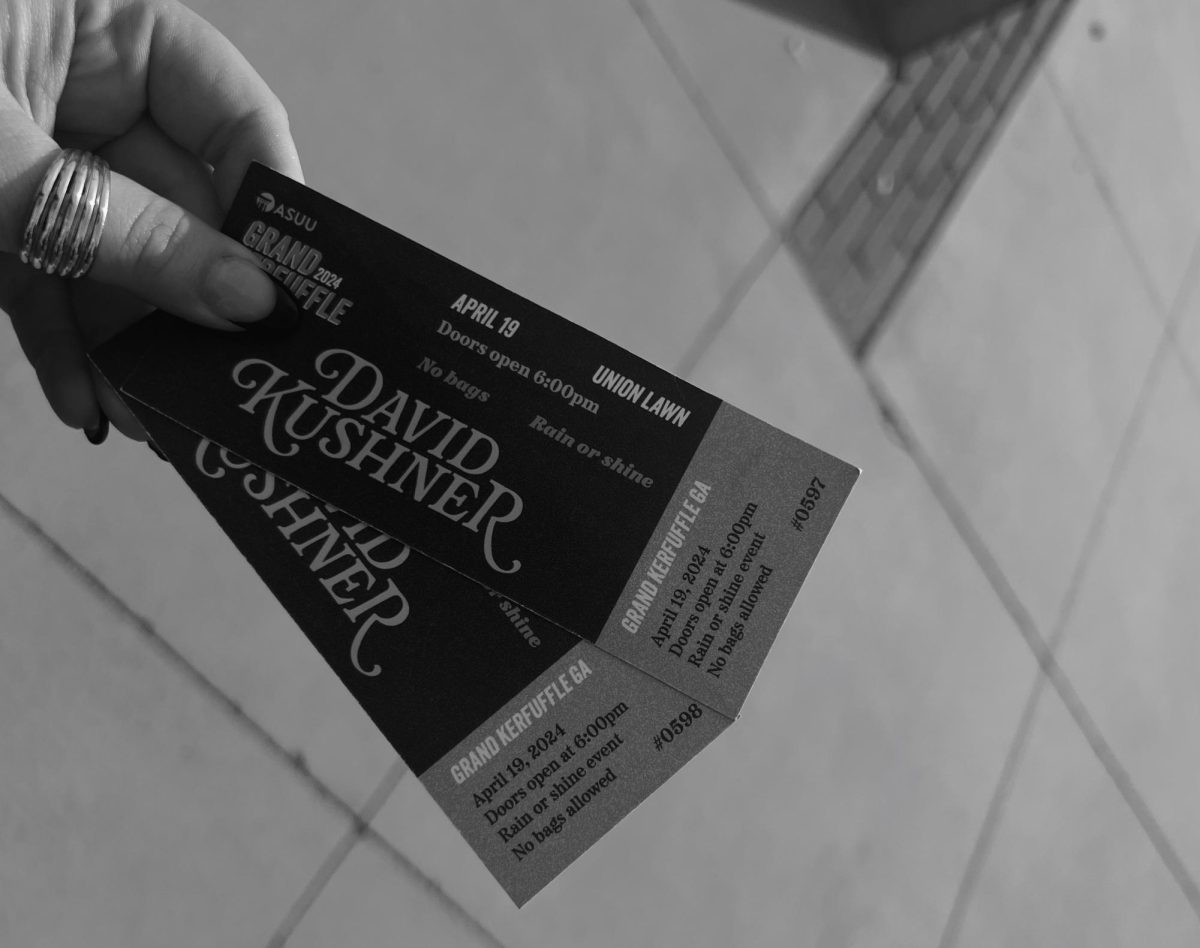A new home for the Utah Museum of Natural History, the Rio Tinto Center, is the next green project to add to the list of measures the U is taking to become a more sustainable campus.
Rio Tinto, one of the largest coal mining companies in the world, gave the U its largest ever single corporate donation to make the building possible. Environmentalists will smell the irony in the source of all that money going toward a green building.
The Rio Tinto Group owns Kennecott Utah Copper and reached a settlement with the Environmental Protection Agency and the Department of Justice, which states the company will pay about $15 million to clean up 80 square miles of groundwater contaminated with arsenic and other cancer-causing materials in southwestern Salt Lake County within the next 40 years. This is a relatively minor black mark on Rio Tinto’s environmental record.
On Sept. 9, the most environmentally irresponsible of Rio Tinto’s operations caused the Norwegian government to announce its divestment of $800 million it held in the mining company, citing “severe long-term environmental damage,” including 230,000 tons per day of tailings discharged directly into an Indonesian river system, causing lasting ground and water contamination.
The press release also states that “there are no indications to the effect that these practices will be changed in future, or that measures will be taken to significantly reduce the damage to the environment.”
In response to Norway’s announcement, Rio Tinto wrote an extraordinarily uninformative 210 word statement. A much more detailed explanation is warranted, and the company’s brevity only implies their wish that Americans and Utahns continue to look the other way.
In that statement, Rio Tinto expressed that it was “surprised and disappointed” by Norway’s announcement. It “co-operates closely with Freeport (the smaller company, Indonesia’s version of Kennecott Minerals Company) in operational, social and environmental matters,” and is “confident that all steps have been taken to ensure that the mine is operating satisfactorily from an environmental viewpoint.”
Norway defines “satisfactory” differently, and is dissatisfied with 230,000 tons (and rising) of poison dumped daily into a natural river. No plausible argument can be made that such immense river pollution is good for the environment.
Only three months prior to Norway’s $800 million divestment, the U’s Board of Trustees voted unanimously to name the new green museum building after the same company, thanks to its generous donation. Sarah George of the UMNH said the goal is for the building to reach the Gold LEED level, a high mark for sustainable buildings.
“A lot of the points have to do with how you build the building,” George added.
She said that the contractor, Big D construction, is experienced with LEED buildings.
In my search for the U’s position on the matter of the Grasberg Mine, U employees, including museum spokeswoman Patti Carpenter and Office of Sustainability Director Craig Forester, weren’t familiar with the issues.
Of course the U would defend Rio Tinto, pointing out all of the sustainability efforts it makes locally. You can’t bite the hand that feeds you.
Rio Tinto has a lot more at stake in keeping Utahns happy. Its giant scar of a mine is in our backyard, and Americans are the people investing in the company. Indonesian people are not funding Rio Tinto’s corporation, and they lack our environmental legal standards.
Luckily, responsible governments, such as that of Norway, take a stand against environmentally reckless corporations like Rio Tinto. Our Environmental non-Protection Agency instead gives it a slap on the wrist for $15 million8212;coincidentally the same amount the U accepted from the company.
It should matter from whom you accept donations, especially in education. Before long, we’ll have the Marlboro Building8212;a lung cancer research facility.
Rio Tinto is “greenwashing”8212;working desperately hard on its green responsible facade throughout our state and right here on our campus. In the meantime, it continues to commit massive environmental crimes elsewhere. The U should continue to build green buildings. But hopefully it will do a bit more research into what donor corporations are doing.










